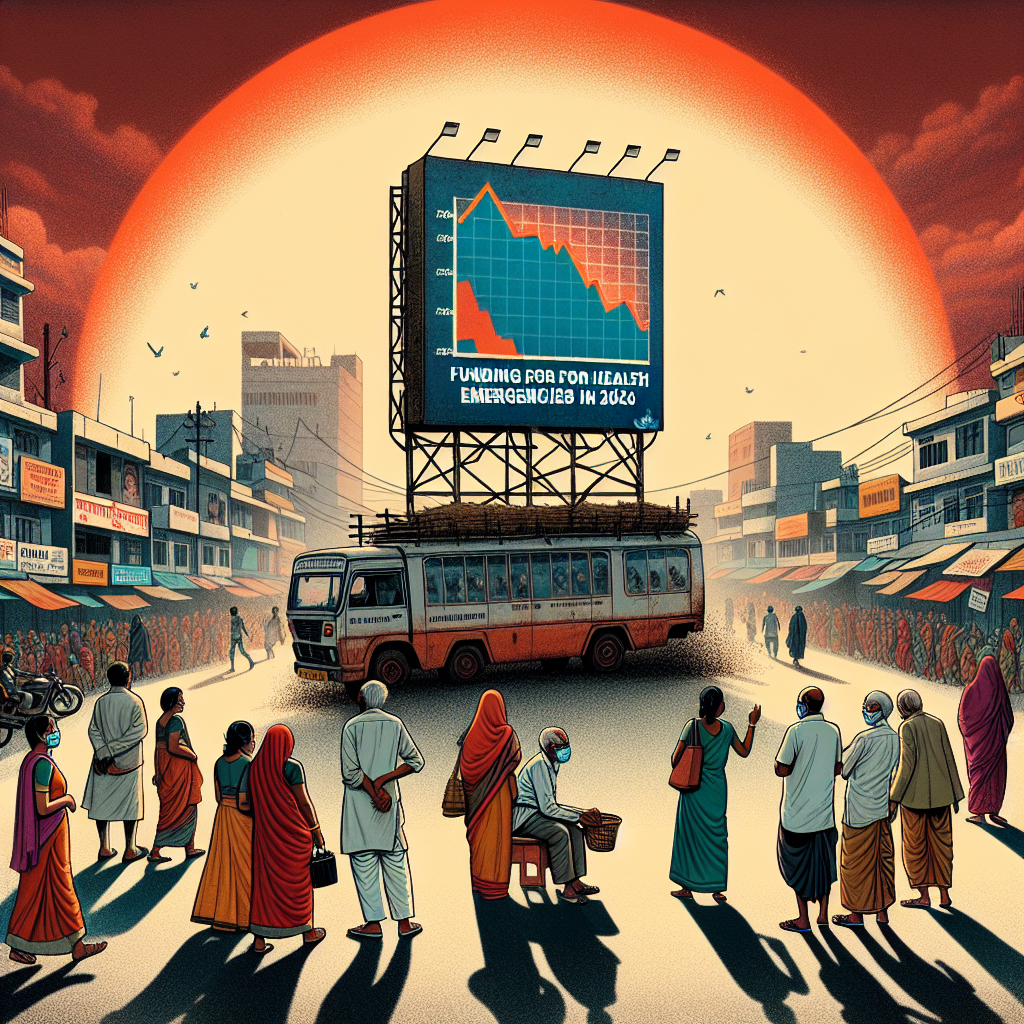Humanitarian Assistance Priorities: WHO's Tough Choices for Over 300 Million

Understanding WHO's Tough Choices in Humanitarian Aid
The World Health Organization (WHO) recently highlighted an urgent reality: more than 300 million people globally require humanitarian assistance. This staggering figure showcases a critical humanitarian crisis that necessitates strategic intervention. Let's delve into the complexities faced by the WHO in prioritizing those in need.
The Challenge of Prioritization
In times of crisis, organizations like the WHO must confront difficult decisions regarding resource allocation. With such a high demand for aid, prioritizing who receives assistance and who does not becomes a daunting task.
- Identification of Needs: The first step is assessing the immediate health needs of affected populations.
- Resource Limitations: Available resources often fall short compared to the overwhelming demand.
- Geopolitical Considerations: Areas with political instability may require different approaches and solutions.
A Complex Landscape
The landscape of humanitarian assistance is constantly evolving, influenced by various factors:
- Natural Disasters: Earthquakes, floods, and other disasters often lead to sudden spikes in healthcare needs.
- Conflict Zones: Areas affected by war face unique challenges, complicating the delivery of aid.
- Economic Factors: Economic downturns can exacerbate health crises, increasing the number of people requiring assistance.
The Role of WHO
The WHO’s role is to coordinate international health responses and support countries in addressing public health needs. By prioritizing aid, the organization aims to ensure that resources are allocated effectively and efficiently:
- Data-Driven Decisions: The use of data to identify regions and populations most in need.
- Collaboration with Local Entities: Partnering with local governments and NGOs to implement effective healthcare solutions.
- Long-Term Strategies: Developing sustainable healthcare initiatives rather than merely addressing immediate needs.
Conclusion
The choice of whom to prioritize in humanitarian assistance is indeed challenging. The WHO's commitment to addressing the health crises of over 300 million people reflects the urgent need for global cooperation and effective resource management. Understanding these dynamics is essential for fostering a healthier population worldwide.
Through strategic prioritization and collaboration, the WHO seeks not only to alleviate immediate suffering but also to build more resilient health systems for the future.
